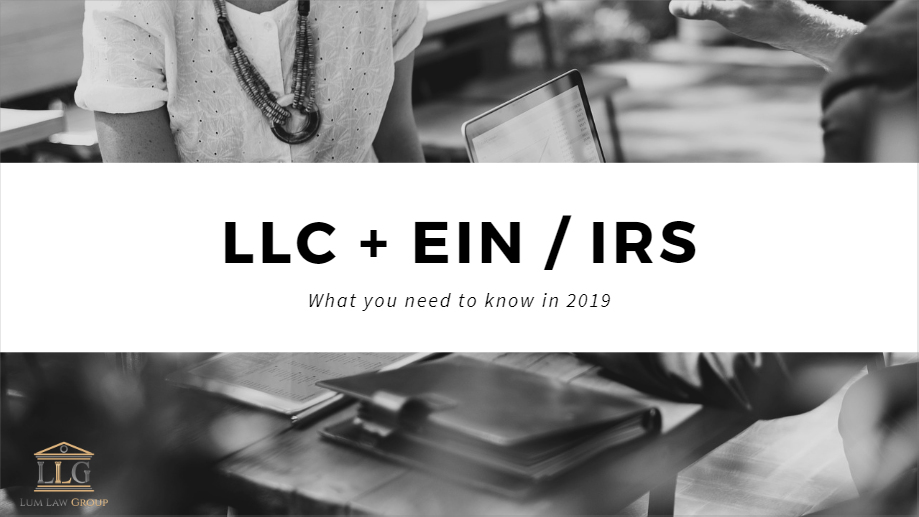What You Need To Know About Limited Liability Companies (LLC) and Employer Identification Numbers (EIN)

In December 2017, the Internal Revenue Service (IRS) introduced updates regarding the issuance of Employer Identification Numbers (EIN), or Tax Identification Number (TIN), to Limited Liability Companies (LLC). The rule went into effect in January 2018, however, since the IRS typically offers taxpayers a grace period to transition to the new regulation, the IRS will […]
Top 3 Differences between a Sole Proprietor and a Single-Member Limited Liability Company (LLC)

If you’re a one-man (or woman) business, you might wonder whether you should continue operating as a “sole proprietor”, or register as a single-member Limited Liability Company (LLC). Since both business entity types are for a single owner, we will cover the top three items you should consider in deciding between sole proprietorship and single-member […]

